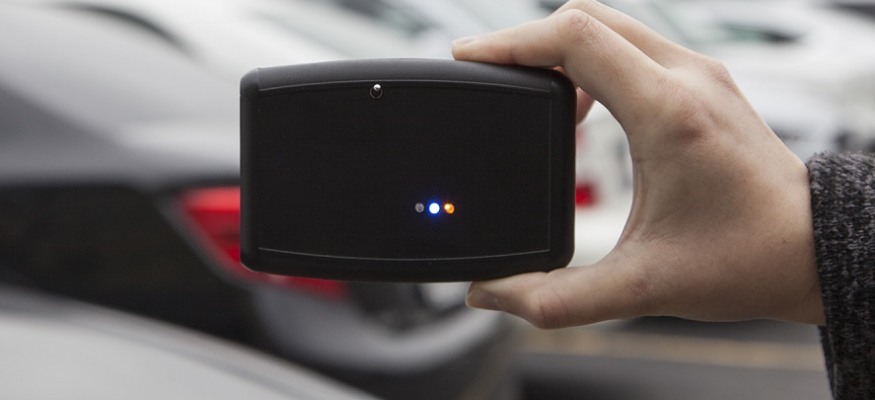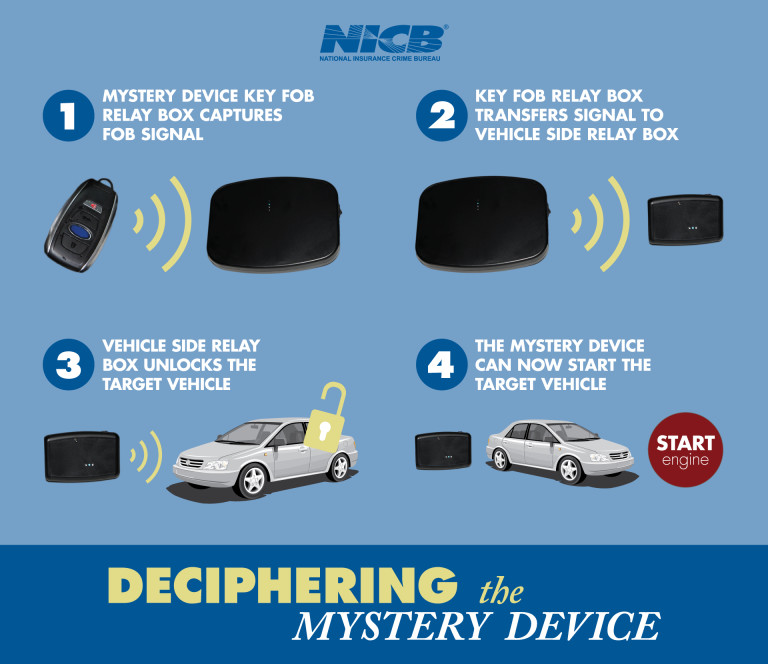Thieves Are Using This New Device To Steal Cars With Push-Button Ignitions
Using technology to steal cars.
Over the years, more and more cars with keyless systems are hitting the streets. These high-tech cars are supposed to offer greater convenience and increased security but that's up for question at the moment.
The sophisticated, supposedly foolproof technology of the push-button ignition equipped cars turns out to be rather vulnerable as thieves are using a new technology to not only unlock and open these vehicles, but to also start and steal them.
Thieves are actually using this "mysterious device" in motor vehicle theft activities
This item is dubbed as a "relay attack unit" originally design for manufacturers, law enforcement authorities and others working on theft prevention to test the security of their wireless system.
However, It appears that this device that comes in two parts has made its way into criminal hands.
It is believed that there are a number of different devices that are being offered for sale to thieves, and they're even available on the Internet.
How does it work?
It is believed that a successful break-in will usually require two people working together.
North America's National Insurance Crime Bureau (NICB) explained this in a video:
1. A driver leaves the vehicle and locks it using the key fob.
2. The thief, standing or walking nearby the driver, uses the relay box to capture the code from the unsuspecting driver’s fob.
3. That code is relayed to the second box placed next to the car's door.
4. The thief pulls on the handle, and the car thinks it's receiving the fob's signal and unlocks.
Previously, the device is unable to start the vehicle in the past but recent tests by experts have revealed that the device is capable of starting cars now.
There's more bad news: potential victims might not be able to do much to prevent these car theft incidents from happening!
What's worse is that the car thieves have less worry as they can steal a car without leaving behind any of trace of evidences such as broken glass.
"The scary part is that there's no warning or explanation for the owner. Unless someone catches the crime on a security camera, there’s no way for the owner or the police to really know what happened. Many times, they think the vehicle has been towed," NICB President and CEO Joe Wehrle said.
NICB advises the public to always lock their vehicles and take the remote fob or keys with them. Driver should also always keep an eye out for suspicious persons or activity when leaving their vehicle, especially in parking lots.
Most importantly, never give a thief an open invitation by leaving valuables in plain sight.
More people are aware of this tactic after it gained widespread attention following the revelation by NICB
NICB issued a statement on Wednesday, 7 December, warning the public about this latest technology that is being used in car theft cases across the country.
According to NICB, the public was first warned about such device over two years ago and NICB has finally gotten a breakthrough recently when it obtained one of these so-called "mystery devices" and conducted tests with it.
"Anti-theft technology has been a major factor in reducing the number of thefts over the past 25 years. The manufacturers have made tremendous strides with their technology, but now they have to adapt and develop countermeasures as threats like this surface," NICB’s Chief Operating Officer Jim Schweitzer said.
Although no such incidences have been heard in Malaysia, however, our country was ranked sixth globally in terms of auto theft in 2015
It was reported that an average of 60 vehicles are being stolen every day from all over the country.
It is also noted that there has been a 5% drop in car theft cases for the first quarter of 2016 compared to the first quarter of last year but many people still think that there is a cause for concern.
In fact, people are more concerned now that such hacking device is easily available on the Internet, which means that there is a possibility that criminals may get their hands on it.




